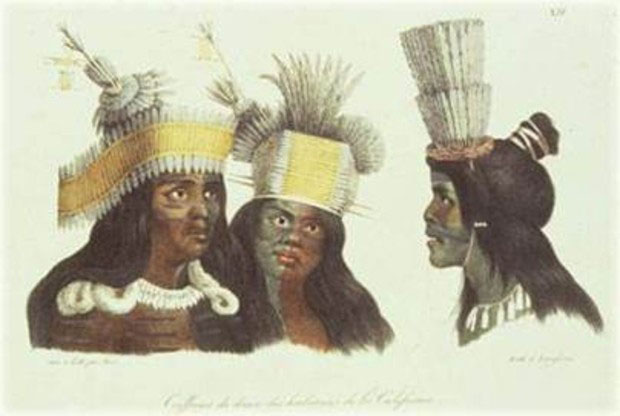Slow Progress in Restoring Native American Lands
Slow Progress in Restoring Native American Lands October 2022

Over the years a great deal has been written, said and broadcast about the way Native Americans were, and still are, being treated. While the growing awareness of the issue has resulted in increased discussion on this matter, the progress in righting the wrongs of the past (and present) has been slow. It often seems to be a case of one step forward and two steps back. An example of this is the lack of progress in restoring the homeland for the Muwekma Ohlone Tribe.
The MuwekmaOhlone Tribe of the San Francisco Bay Area
The Muwekma Ohlone Tribe, as it is today, comprises of all the known surviving Native American line ages of the San Francisco Bay Area, and who comprised the historic federally recognized Verona Band.Like all American Indian Tribes, the Muwekma were the original inhabitants of this country, long before the European settlers arrived. While the archaeological evidence when the ancestral Ohlone people settled within the greater San Francisco Bay Area has been documented to go back between 10,000 to 12,000 years ago,it is established that they all had flourishing cultures and societies when the people in Europe were still exploring domesticating animals and harvesting wild grains. The ancestral Muwekma, like other tribes across what is now America, lived according to the seasonal cycles of nature, sustaining themselves by hunting, fishing, netting waterfowl,burning the land to effect seed growth, and foraging gave them all they needed. There were disagreements with other tribes, but these were resolved through ceremonial feasts and intermarriage.There is no recorded evidence of any serious wars (in the modern sense of the word) having occurred between the tribes.However, they were unprepared to fullyresist the invasion that took everything away from them.
They Were Unprepared for the Onslaught
The Europeans arrived with their weapons and a feeling that it was their god-given right and duty to take over tribal lands and convert the people who controlled their respective territories and practiced traditional religion. We all know what happened over the next centuries. The tribal way of life was decimated and the land was stolen from the tribes. For a traditional culture that practiced a redistributive economy and seasonal calendar based upon tradtional ecological knowledge, the loss of land was the biggest tragedy that could be fall them. With no control over their landsand having limited resources to fight for their rights, American Indians became less-than second-class citizens.
Repairing the Damage
The second half of the 20th century finally saw the acceptance of the wrongs done to the American Indian tribes andlimitedacknowledgement of the loss and suffering they hadendured. Slowly, in fact very slowly, efforts were made to correct some ofthe wrongs of the pastsuch as the 1887 Dawes Allotment Act which regulated land rights on tribal territories and reservations within the United States. The Act further authorized the President of the United States to subdivide Native American tribal communal landholdings into allotments for Native American heads of families and individuals. This would convert traditional systems of land tenure into a government-imposed system of private property by forcing Native Americans to "assume a capitalist and proprietary relationship with property" that did not previously exist in their cultures.
One of the major initiatives was the enacted 1934 Indian Reorganization Act over seen by the newly appointed Commissioner of Indian Affairs, John Collier under the Roosevelt Administration, which sought to restore the stolen lands to the land-based tribes. As usual, progress on this was slowed down by both bureaucratic red tape and a general lack of will by elected Senators and Congressmen. Changing administrations brought about changes in the way the policies were implemented and this caused even more delays. An example of this wasthe decision taken a few years ago to take awaythe authority to approve applications for the return of tribal land from the regional directors of the Bureau of Indian Affairs and give it to the Headquarters of the Interior Department.Ensconced in their insulated world, the people who had the authority had no understanding of the problem and progress came to a standstill. It is only now that Interior Secretary Deb Haaland has given the power back to the regional directors and there is now hope that some progress will be seen.
It is not just a matter of restoring federal recognition back to the Muwekma Ohlone Tribe, it is a matter that reflects the attitude towards the native American population as a whole. We can only hope that this time, there will be real progress in returning the stolen land.